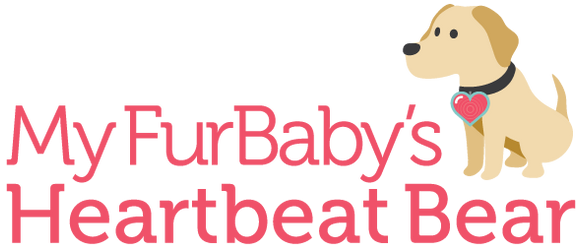
A Hairy Problem: Treating and Preventing Hairballs
When a cat crouches, extends her neck, retches and gags in distress, and then produces something almost terrifying from her mouth, you may want to turn and run. When you realize that your cat did this on your carpet or nice rug, you may decide against running and opting on grabbing your cat and tossing her into a tiled laundry room!
According to one survey, 35% of cat parents deal with hairballs on a regular basis.

What is a Hairball?
A trichobezoar, a damp wad of undigested hair, moistened by bile and other digestive fluids is more commonly known as a hairball. It can be easily confused with a pile of feces if you aren’t present as it is spit up.
“Normally, hair ingested by your cat passes through her intestinal tract and is expelled in the litter box. But when the hair accumulates in the stomach or esophagus and isn't digested, she gets rid of the hair by vomiting it up. The form differs from cat to cat, but most frequently hairballs are cylindrical in shape due to their trip up the narrow esophagus.”
Hairballs are most commonly an inch long, but can be up to an inch wide and 5 inches long. They can occur every week or so, and can cause panic due to the noises your cat makes while producing one. While long-haired cats are more susceptible to hairballs, all cats may experience them at one point or another. As cats are self-groomers, they ingest their own fur as they lick themselves. The hair that does not pass through while digesting food, will eventually come back up.
The warmer temperatures outside also play a role in the hairball game. The heat causes cats to groom more often, triggering more frequent hairball-hacking. If your cat is having trouble with hairballs, your vet might want to do blood tests to make sure the liver and kidneys are performing correctly. The vet might also recommend an ultrasound or take x-rays to make sure there are no blockages that could harm your cat.
Make sure that you pay attention to your cat’s food, too. Choosing a food high in natural fiber is important to help your cat pass the fur that she ingests.

Preventing Hairballs
According to South Boston Animal Hospital, you can prevent hairballs from occurring.
- Brush your cat's fur daily. Regularly grooming your cat rids it of loose and shed hairs. When your cat grooms itself, it will be less likely to swallow fur.
- Keep your cat hydrated. Make sure that your furry friend drinks enough water to hydrate its intestinal tract. The liquid hydration will keep it lubricated and running smoothly.
- Feed your cat a good diet. Felines are carnivores. Their bodies are not designed to process carbohydrate-rich foods. Give your cat a high-protein, low-carbohydrate, grain-free diet. Poor nutrition will cause digestion issues and increase the likelihood of hairballs.
- Provide digestive supplements. Feed your pet supplements that will improve digestion. There are several formulas that contain psyllium seed. It will encourage your cat's digestive tract to pass the hairball instead of regurgitating it.
- Give your cat catnip or cat grass. This treat can provide extra fiber for your feline which helps them expel the hairball.




Leave a comment